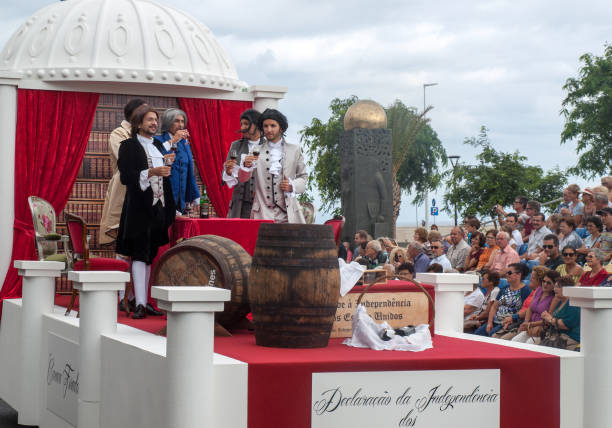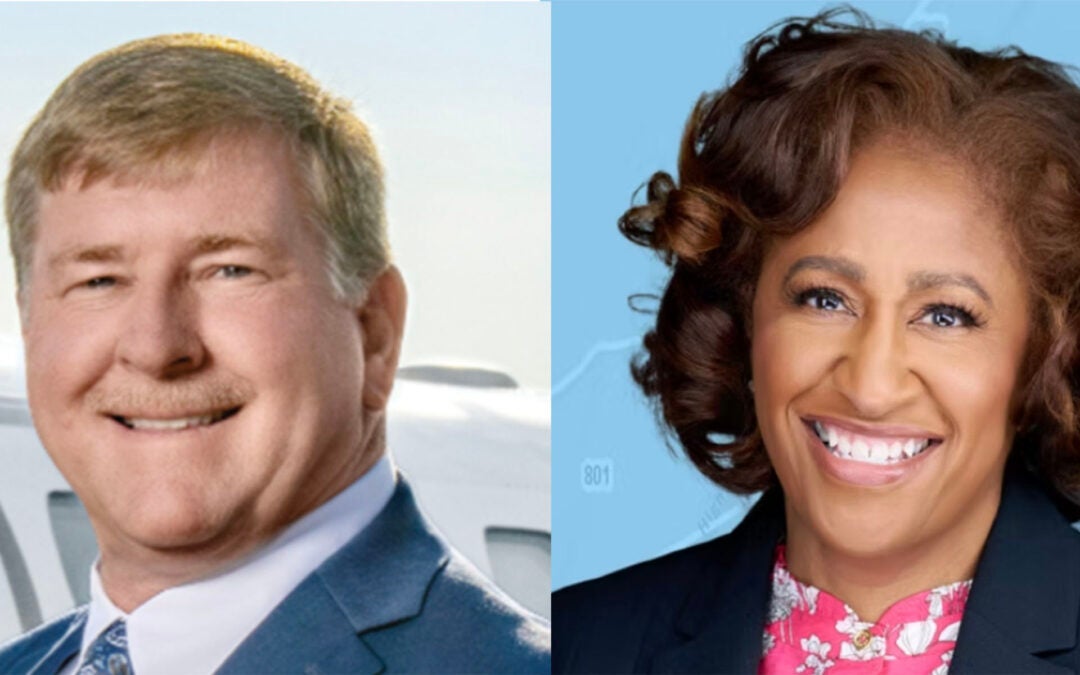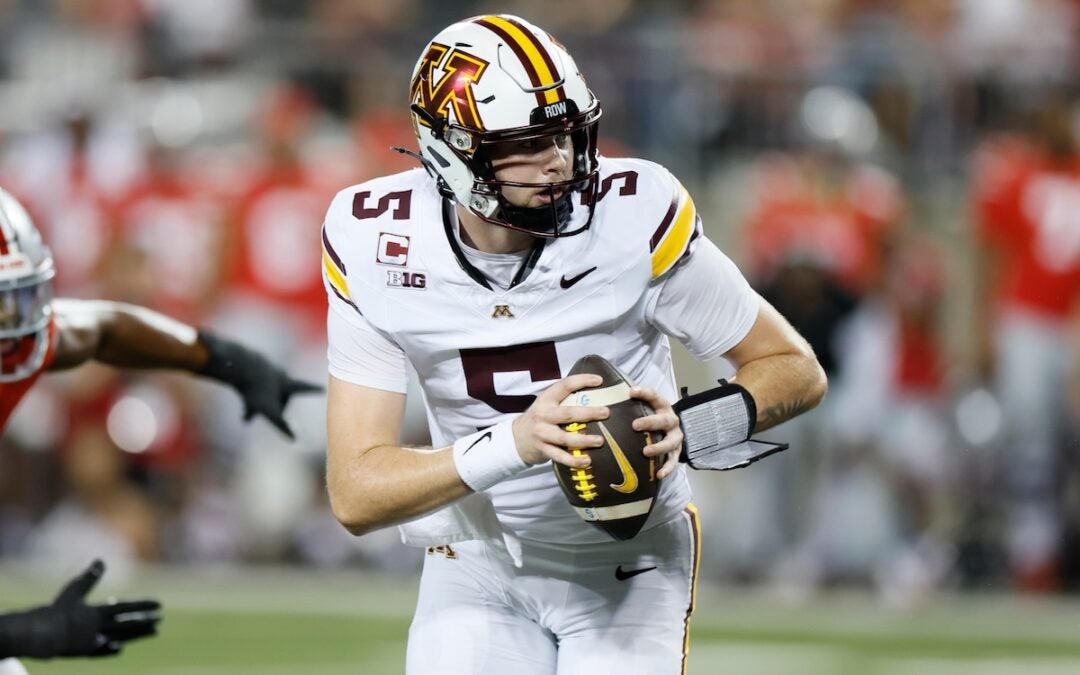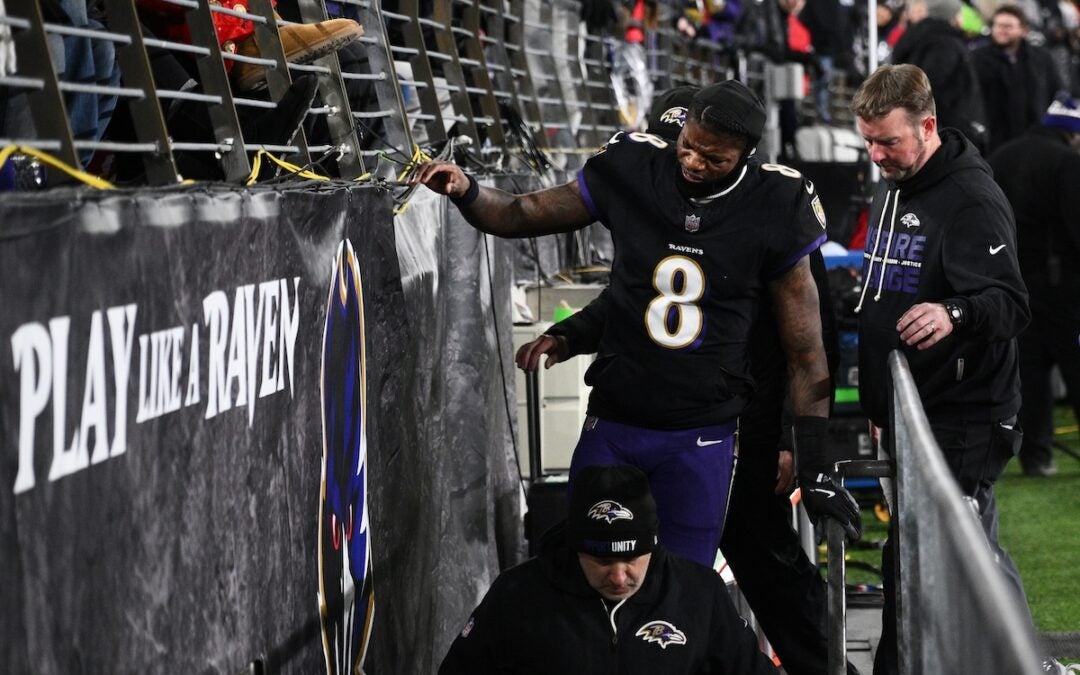History books show somber and dignified illustrations of the Founding Fathers signing the Declaration of Independence and, of course, there is the painting of the ram-rod straight George Washington crossing the Delaware River.
One curious thing that is missing from the illustrations would be the many liquor and wine bottles that would have been on hand.
Ben Franklin said he considered taverns to be best place to conduct diplomacy and is quoted by the archives at Colonial Williamsburg as saying: “I fear the man who drinks water and so remembers this morning what the rest of us said last night.”
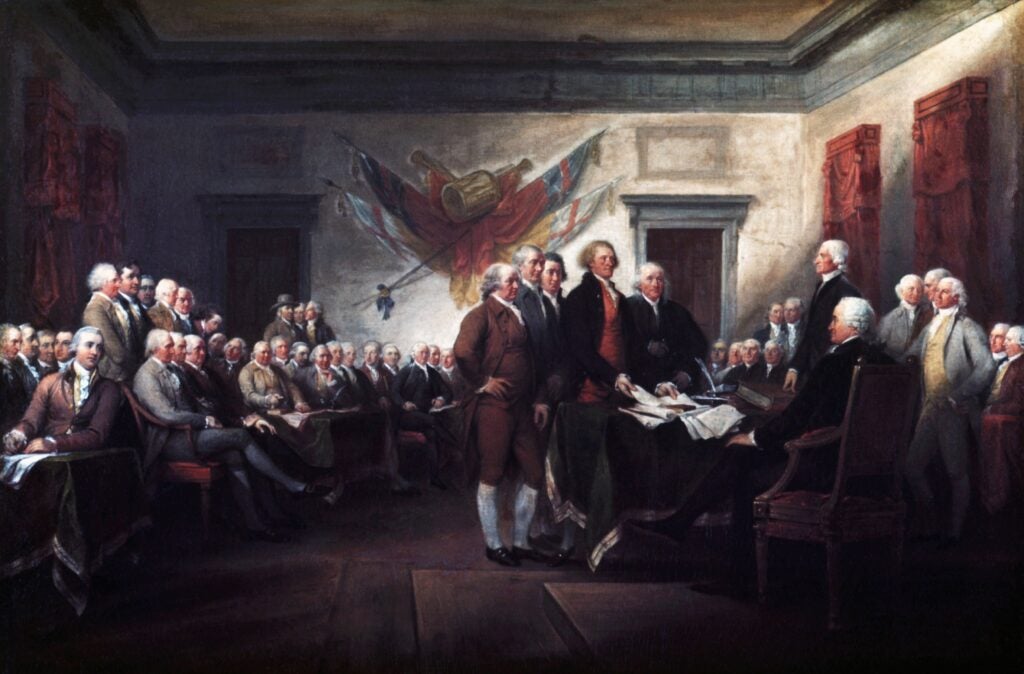
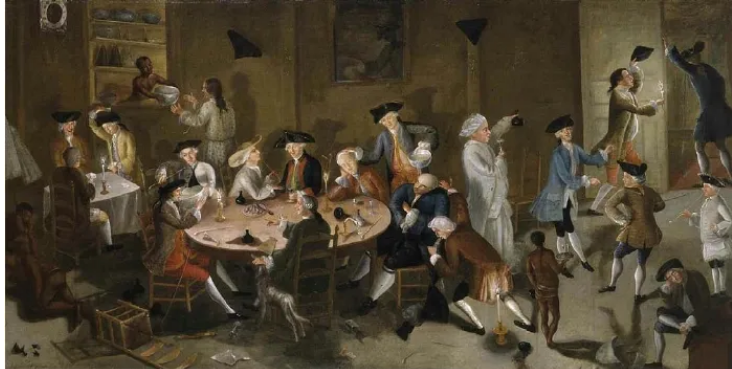
The truth is that the Founding Fathers and their contemporaries could drink almost all of us under the table. In fact, it is a good thing the Declaration of Independence is written on sheepskin parchment or it might have Madeira stains all over it.
According to historian Hubert van Tuyll, modern Americans drink only about a quarter of the amount of alcohol as our ancestors did, and that is saying a lot considering that the potent potables manufacturing sector in America today is a $82.2 billion dollar industry annually.
The British craftily tried to tax virtually every product and service in the colonies to pay down the empire’s immense war debts, but they quickly learned that taxing alcohol could cause a massive rebellion; almost a decade before independence was proclaimed, the Crown’s attempts to regulate and tax alcohol did cause a riot that spread from Boston to other cities.
In early colonial America, according to the archives at Mount Vernon, rum was the drink of choice. When the British attempted to tax molasses, the colonists either smuggled it in or switched over to the relatively new tipple, whiskey.
Whiskey could be produced domestically with an assortment of grains and even George Washington developed his own blend of the spirit.
French wines such as Champagne and Bordeaux were heavily taxed, but Portuguese Madeira was not, and that wine became the favorite of the public.
Madeira was a hearty, fortified wine that could get a tippler drunk in no time and some people would start the day drinking it at breakfast.
According to the Secretary of the Commonwealth of Massachusetts’ Office, when the hated Stamp Act was repealed, a future signer of the Declaration of Independence, John Hancock, threw a giant party on his lawn complete with fireworks and free Madeira for everyone that showed up.
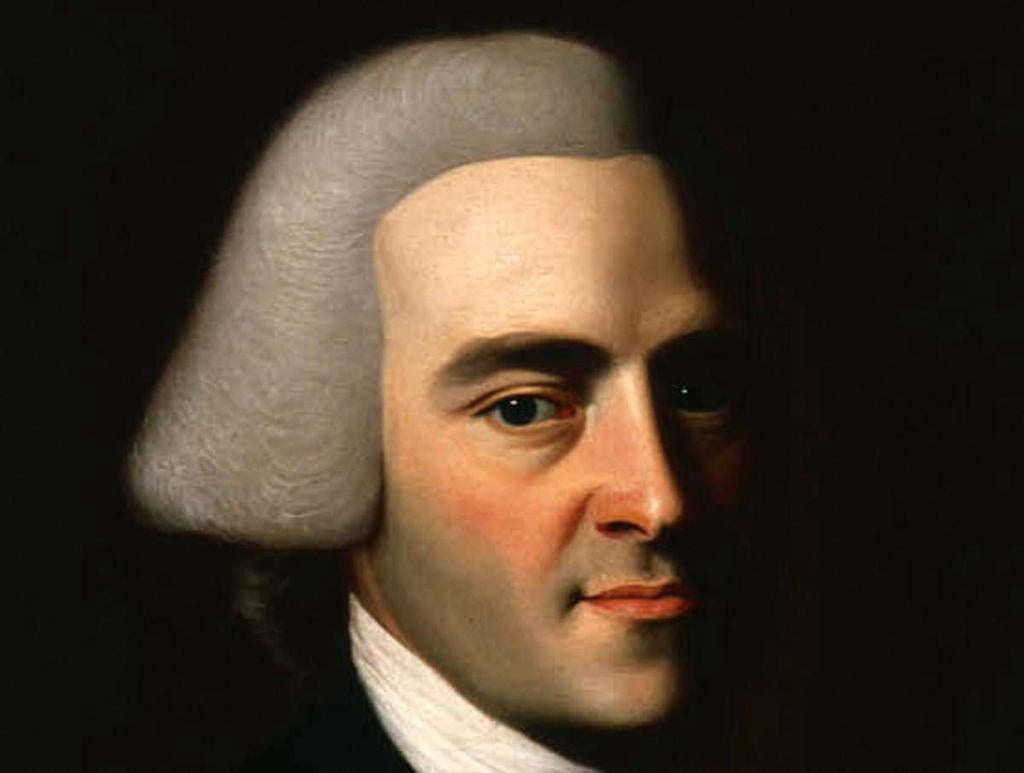
Then, the British really stepped in it.
Without the Stamp Act, revenue was needed from another source, so a new customs board was established in Boston to prevent the smuggling of taxable items, including Madeira.
It was well known that Hancock and his contemporaries would anchor their ships just outside of Boston Harbor in the dead of night and avoid attention. Smaller boats would come and unload most of the cargo, in Hancock’s case it was Madeira, and the ship would sail into the harbor the next morning with its holds barely a quarter full.
The customs agents could tell by looking at how high the ships rode in the water to know that a strong wind on the open ocean could cause the ships to capsize due to the high center of gravity; besides, no one with any business sense would sail a mostly empty ship across the vast ocean.
At first, Hancock was able to question the validity of the warrants and kept officials off of his ships, so the British brought warships into the harbor, not to protect the colonists, but to act as law enforcement which enraged the citizens, according to the Boston Historical Society.
Enter the aptly named merchant sloop “Liberty,” a vessel owned by Hancock and was carrying only 25 casks of Madeira when it sailed into Boston Harbor in April of 1768. Customs agents, along with armed sailors from HMS Romney, seized the ship and its remaining cargo.
Hancock was arrested and around 3,000 angry colonists took to the streets.
The Boston Historical Society’s records show that the customs agents, along with the city’s entire board of commissioners, had to flee and the mob went about destroying their personal property.
Fearing for their safety, the men fled on the commandeered Liberty and sailed to Rhode Island. When word of what had happened in Boston reached Rhode Island, a mob there attacked the vessel and burned it, after seizing what was left of its precious cargo.
You could call it the Rhode Island Madeira Party; but that doesn’t roll off the tongue quite like “Boston Tea Party;” and after all, patriots wearing Indian costumes swashbuckling from the riggings is a far more romantic mental image than that of a bunch frat brothers getting drunk and burning up the ship that, technically, still belonged to their hero, John Hancock.
While the American Revolution would not begin in earnest for another seven years, the “Liberty Affair,” certainly helped set the stage for what would later become a violent rebellion.
Winning the war and starting a new country apparently only gave the Founders even more reason to tip back a few, and boy-howdy did they ever.
As the Constitutional Convention of 1787 began to wind down, around 50 people attended a farewell party for Gen. Washington where the alcohol flowed like milk and honey.
Beer and wine expert Dow Scoggins says that the bar tab for that night included 54 bottles of Madeira, 60 bottles of claret, 22 bottles of porter, 12 bottles of beer, eight bottles of hard cider, eight bottles of Old Stock (colonial whiskey) and seven large bowls of spiked punch.
In today’s money, that would amount to a $29,142.37 hangover.
Scott Hudson is the Senior Investigative Reporter and Editorial Page Editor for The Augusta Press. Reach him at scott@theaugustapress.com

